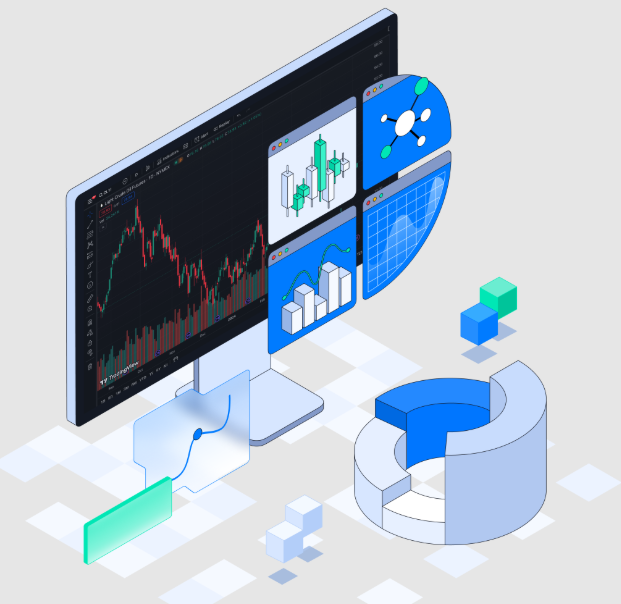Risk control is the basis of any successful trading strategy. The goal of forex risk management is capital protection and surviving market volatility. To put it simply, trading without a risk control strategy is like gambling. By figuring out and limiting how much you're risking before every trade, you keep control. If you lose 50% of your account, you’d need to gain 100% just to get back to where you started. Risk management ensures you can “live to trade another day” by avoiding a sudden Game Over in your trading account.
Types of Forex Market Risks
Market Risk: This is the danger of price swings. Currency rates change all the time due to news, economic updates, or central bank moves. For instance, when the Swiss National Bank suddenly dropped the EUR/CHF peg, it caused the EUR/CHF to drop almost 30% in just minutes.
Leverage Danger: Forex often uses high leverage (borrowing). Leverage magnifies both gains and losses. A 1% price move on a 100:1 leveraged trade equals 100% of your stake. Going too far with leverage can blow up your account, while not using enough means you're leaving money on the table.
Liquidity Risk: Liquidity is the ease of buying/selling. In low-liquidity conditions, even small orders can create large price gaps and slippage. For example, placing a market order during an illiquid period might fill at a much worse price than expected. Wide spreads and failed fills are symptoms of liquidity risk.
Systemic Risk: This covers unpredictable failures in the system – e.g., platform outages, data-feed glitches, or flash crashes. If your broker’s platform goes down during a spike, you may be unable to exit a position at any price. The 2015 SNB event also had elements of systemic risk: some brokers collapsed under client losses.
Regulatory Risk: Policy changes or broker issues can constrain trading. New capital requirements, trading bans, or a broker losing its license can force sudden account changes or liquidations.
Set Stop-Loss and Take-Profit
One of the simplest and most effective risk control techniques to protect your capital is by setting stop-loss and take-profit orders. A stop-loss order (S/L) automatically closes your position when the price hits a certain point, limiting potential losses. A take-profit plan (T/P) locks in your gains by closing your position when the price reaches a set level.
Position Sizing & Capital Allocation
How much to trade is as important as what to trade. Position sizing means choosing how large a trade to take given your account size and risk tolerance. The goal is to risk only a small fraction of your capital on each trade. A common capital allocation rule is the 1%–2% rule: never risk more than 1–2% of your total equity on a single trade.
Some traders use more formal models like the Kelly Criterion to figure out an “ideal” risk percentage based on how often they win and the odds. The main thing is to be consistent: pick your percentage (whether it’s fixed or based on volatility) and stick to it.
Trading Psychology: Managing Emotional Risk
Even if you have a perfect trading strategy, your mind-set can make or break you. Emotional risk control is your final layer of defence. Feelings like fear, greed, anxiety, or revenge trading can erase a rational plan. Always stick to your set rules, not your impulses.
Just like in basketball, you shouldn't carry the frustration of a loss into the next game. In trading, you need to keep greed and fear in check. Remember, your mindset is the last hurdle in controlling risk.
Conclusion
Effective risk management is non-negotiable in forex. It's not about getting rid of all risk (which is impossible) but finding the right balance between risk and reward. Protecting your capital is the first step to long-term success. Start putting strong risk controls in place today.
BTCDana offers a free demo trading platform where you can apply stops, position sizing, and hedging without risking real money. By building good habits now – cutting losses, sizing trades, and staying disciplined – you ensure that your trading career can grow steadily.
For more info:-







Comments